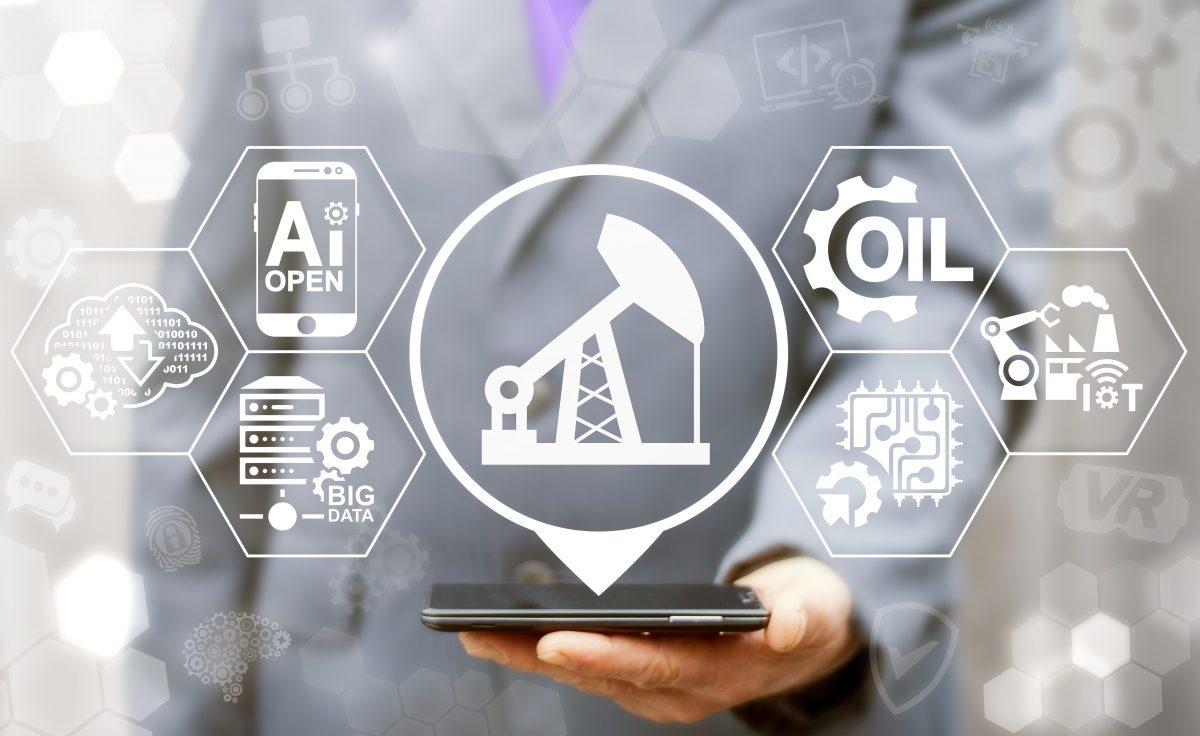Royal Dutch Shell is heavily investing in research and development of artificial intelligence (AI) , which it hopes will provide solutions to some of its most pressing challenges.
copyright by www.forbes.com
 From meeting the demands of a transitioning energy market, urgently in need of cleaner and more efficient power, to improving safety on the forecourts of its service stations, AI is at the top of the agenda. I have been working with Shell over the past months to help create a data strategy, which gave me a thorough insight into Shell’s AI priorities and initiatives.
From meeting the demands of a transitioning energy market, urgently in need of cleaner and more efficient power, to improving safety on the forecourts of its service stations, AI is at the top of the agenda. I have been working with Shell over the past months to help create a data strategy, which gave me a thorough insight into Shell’s AI priorities and initiatives.
Current initiatives include deploying reinforcement learning in its exploration and drilling program, to reduce the cost of extracting the gas that still drives a significant proportion of its revenues.
Elsewhere across its global business, Shell is rolling out AI at its public electric car charging stations, to manage the shifting demand for power throughout a day. It has also installed computer vision-enabled cameras at service stations, which are capable of detecting customers lighting cigarettes – a severe hazard.
During the data strategy development, I worked with Daniel Jeavons, Shell’s general manager for data science. Jeavons talked to me about Shell’s AI-first strategy and said “What it means in practice is that we as a data science team are in a great position because we can make our current business more effective, more efficient, more reliable, safer – by applying AI into those settings.
“But we can also play a role in creating some of the new business models that we want to create, and that’s really exciting because we’re playing our part in taking Shell into the next generation of energy sources, new fuels, and new sources of revenue.”
Precision Drilling
Shell is involved in the entire oil and gas supply chain – from mining raw hydrocarbons from the earth to refining them into fuel and various other products, to retailing them to businesses and individuals. AI is being rolled out or trialed at each step of this process. Recent developments include the adoption of reinforcement learning – a form of “semi-supervised” machine learning, to control its drilling equipment.
Thank you for reading this post, don't forget to subscribe to our AI NAVIGATOR!
While machine learning can work with either labeled data (supervised learning) or unlabelled data (unsupervised learning), reinforcement learning takes a middle-ground approach by incorporating a reward system, dependent on the outcome of the AI’s “choices.”
As Jeavons says, “The key thing is you’re giving the [AI] agent the autonomy to make the decision. But you’re providing input into the model, so you’re providing reward or penalty functions on the basis of what’s happening in the model, and how the model responds to the set of conditions that you give it.” […]
read more – copyright by www.forbes.com


Royal Dutch Shell is heavily investing in research and development of artificial intelligence (AI) , which it hopes will provide solutions to some of its most pressing challenges.
copyright by www.forbes.com
Current initiatives include deploying reinforcement learning in its exploration and drilling program, to reduce the cost of extracting the gas that still drives a significant proportion of its revenues.
Elsewhere across its global business, Shell is rolling out AI at its public electric car charging stations, to manage the shifting demand for power throughout a day. It has also installed computer vision-enabled cameras at service stations, which are capable of detecting customers lighting cigarettes – a severe hazard.
During the data strategy development, I worked with Daniel Jeavons, Shell’s general manager for data science. Jeavons talked to me about Shell’s AI-first strategy and said “What it means in practice is that we as a data science team are in a great position because we can make our current business more effective, more efficient, more reliable, safer – by applying AI into those settings.
“But we can also play a role in creating some of the new business models that we want to create, and that’s really exciting because we’re playing our part in taking Shell into the next generation of energy sources, new fuels, and new sources of revenue.”
Precision Drilling
Shell is involved in the entire oil and gas supply chain – from mining raw hydrocarbons from the earth to refining them into fuel and various other products, to retailing them to businesses and individuals. AI is being rolled out or trialed at each step of this process. Recent developments include the adoption of reinforcement learning – a form of “semi-supervised” machine learning, to control its drilling equipment.
Thank you for reading this post, don't forget to subscribe to our AI NAVIGATOR!
While machine learning can work with either labeled data (supervised learning) or unlabelled data (unsupervised learning), reinforcement learning takes a middle-ground approach by incorporating a reward system, dependent on the outcome of the AI’s “choices.”
As Jeavons says, “The key thing is you’re giving the [AI] agent the autonomy to make the decision. But you’re providing input into the model, so you’re providing reward or penalty functions on the basis of what’s happening in the model, and how the model responds to the set of conditions that you give it.” […]
read more – copyright by www.forbes.com
Share this: